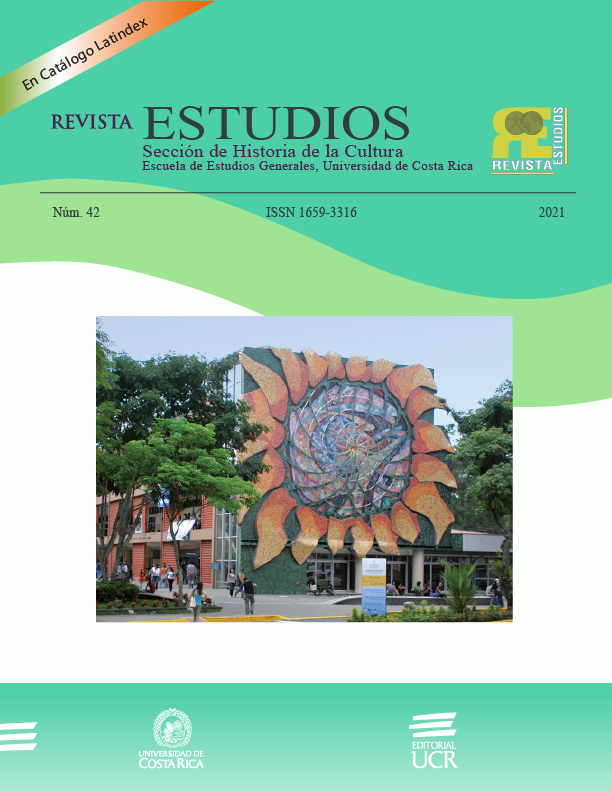Abstract
With this communication it is important to analyze the mythical value of the door that opens to welcome don Juan in hell’s shelter. Do the salvation doors close or is there hope to subvert the social order? Tirso condemns him and Zorrilla saves him if in a social and scenographical point of view. Myth becomes reality in order to enter a new celestial and earthly dimension. The most important review some literary versions of don Juan from a generic point of view, paying attention to the sexual transgression of a character that is part of our cultural heritage. It is necessary compare musical, film and literary iconography of the door as fall and salvation of said character.
References
Buch, D. (2008) Magic flutes & enchanted forests: the supernatural in eighteenth-century musical theater. University of Chicago Press.
De Rougemont, D. (2001) Amor y Occidente. Mexico, Cien del Mundo.
Dominicis, M. (1978) Don Juan en el teatro español del siglo XX. Miami, Ediciones Universal.
Feal, C. (1986) "Dios, el diablo y la mujer en el mito de Don Juan". Revista de la Universidad de Puerto Rico. (10) pp. 81-102.
Losada, J. (2012) Myth and Subversion in the Contemporary Novel. Newcastle upon Tyne: Cambridge Scholars Publishing.
Martín, J. (1992) El libro de la ópera. Alianza Editorial.
Martínez, A. (2006) "La representación del amor en la emblemática española de los siglos XVI y XVII". Península. Revista de Estudios Ibéricos, pp. 101-138.
Paz, O. (2004) La llama doble: amor y erotismo. Barcelona, Seix Barral.
Peña, A. (1995) Don Juan Tenorio. De José Zorrilla. Madrid, Cátedra..
Ruiz, J. (2011) “Don Juan Tenorio y Halloween”. Tierra de Nadie: Revista de Literatura, (9), pp. 159-160.
Sáenz, M. (1969) Don Juan y el donjuanismo. Madrid, Ediciones Guadarrama.


